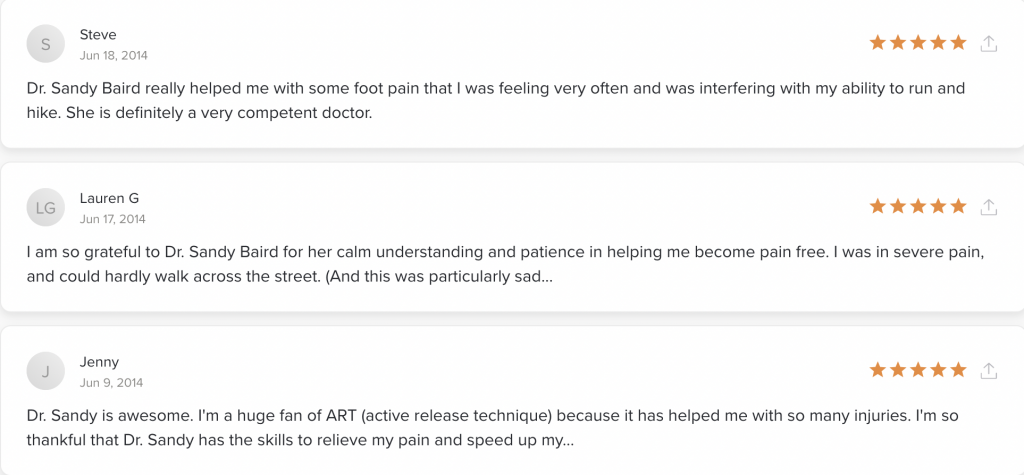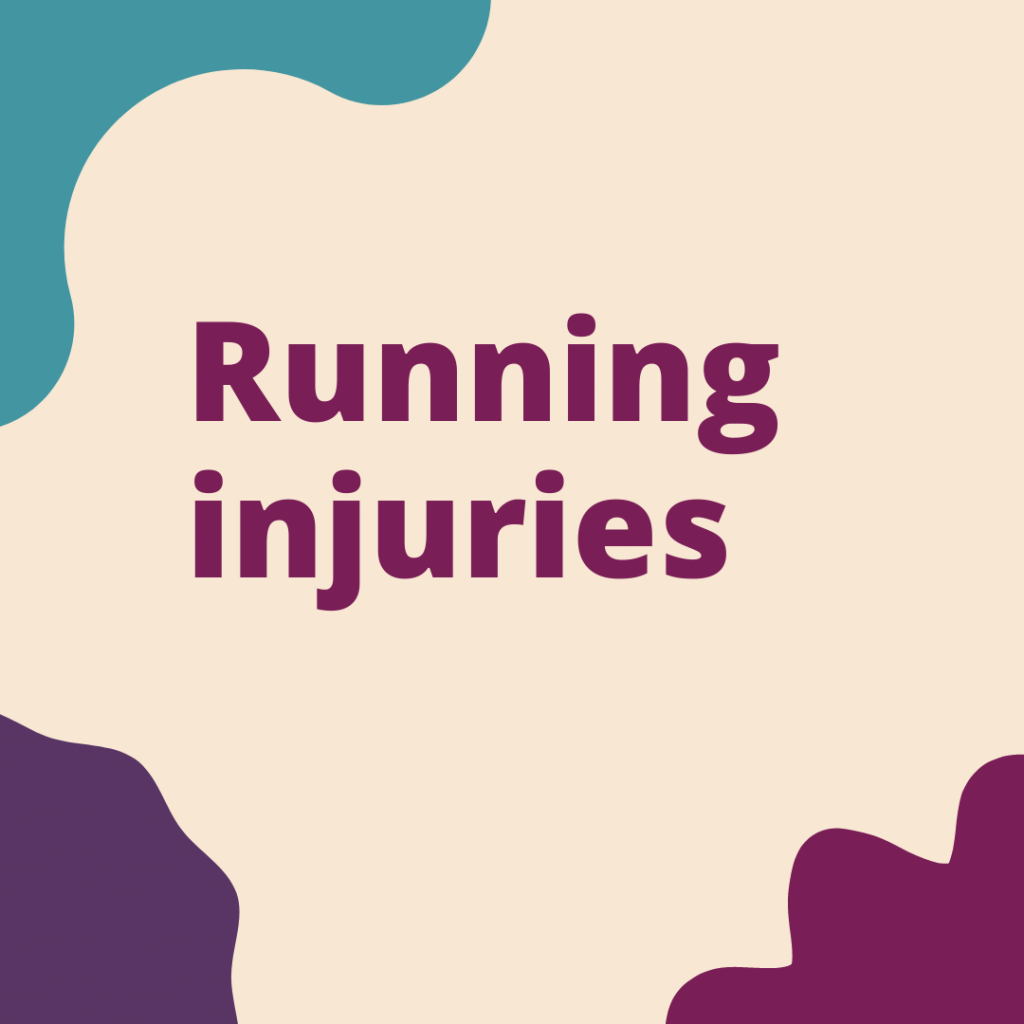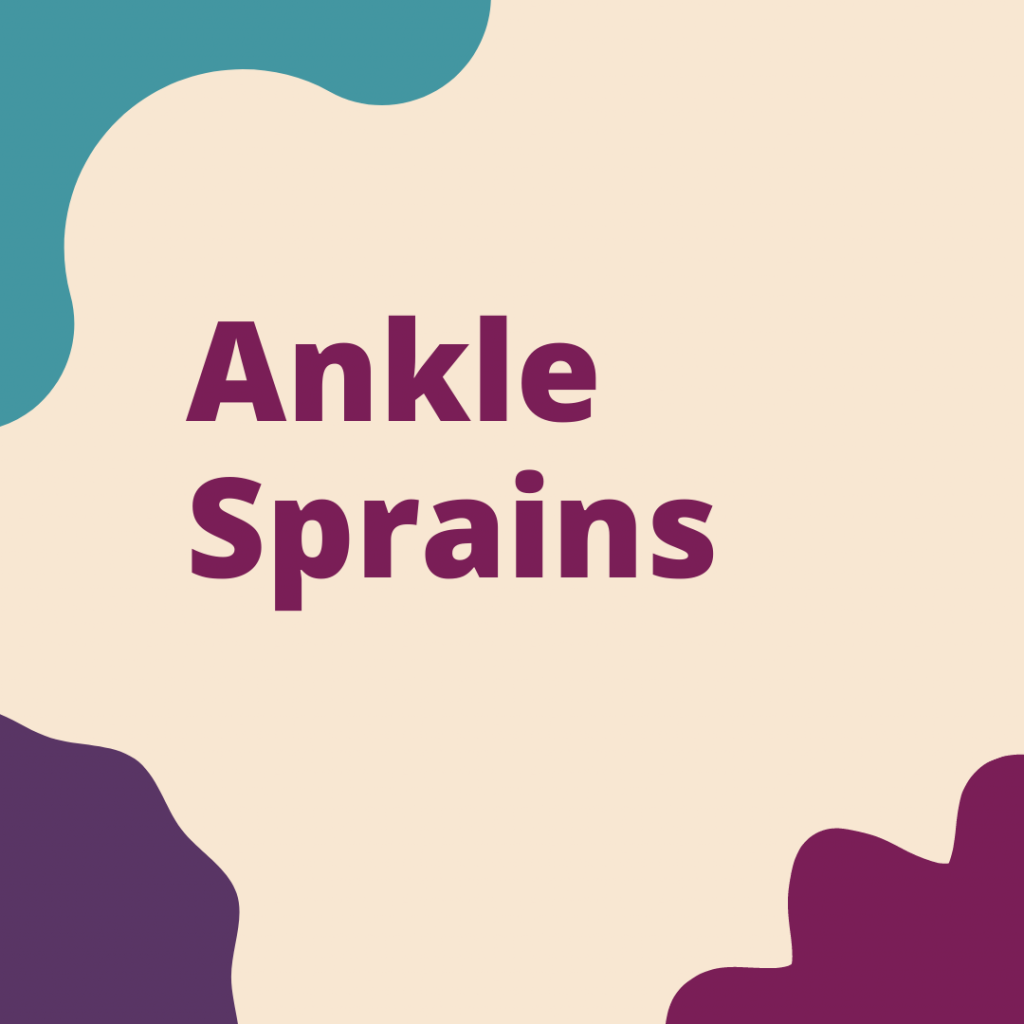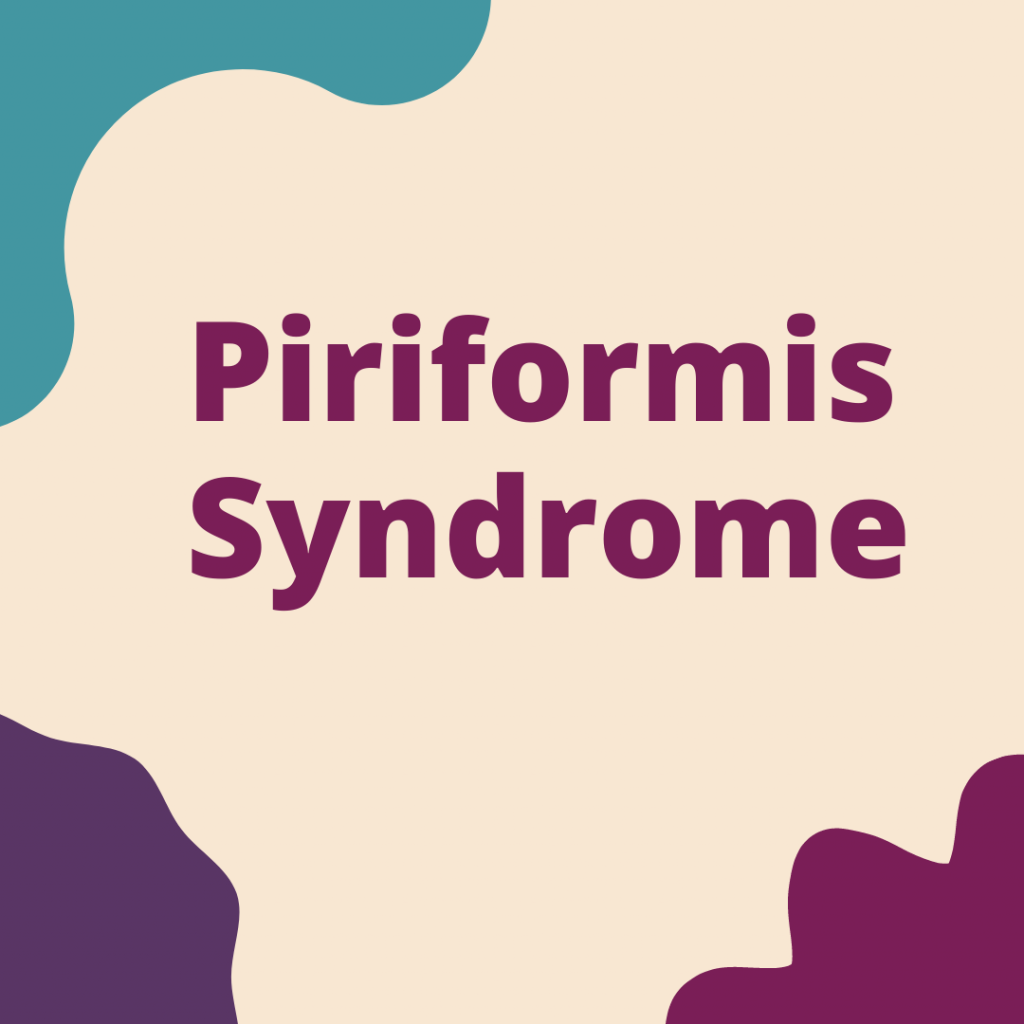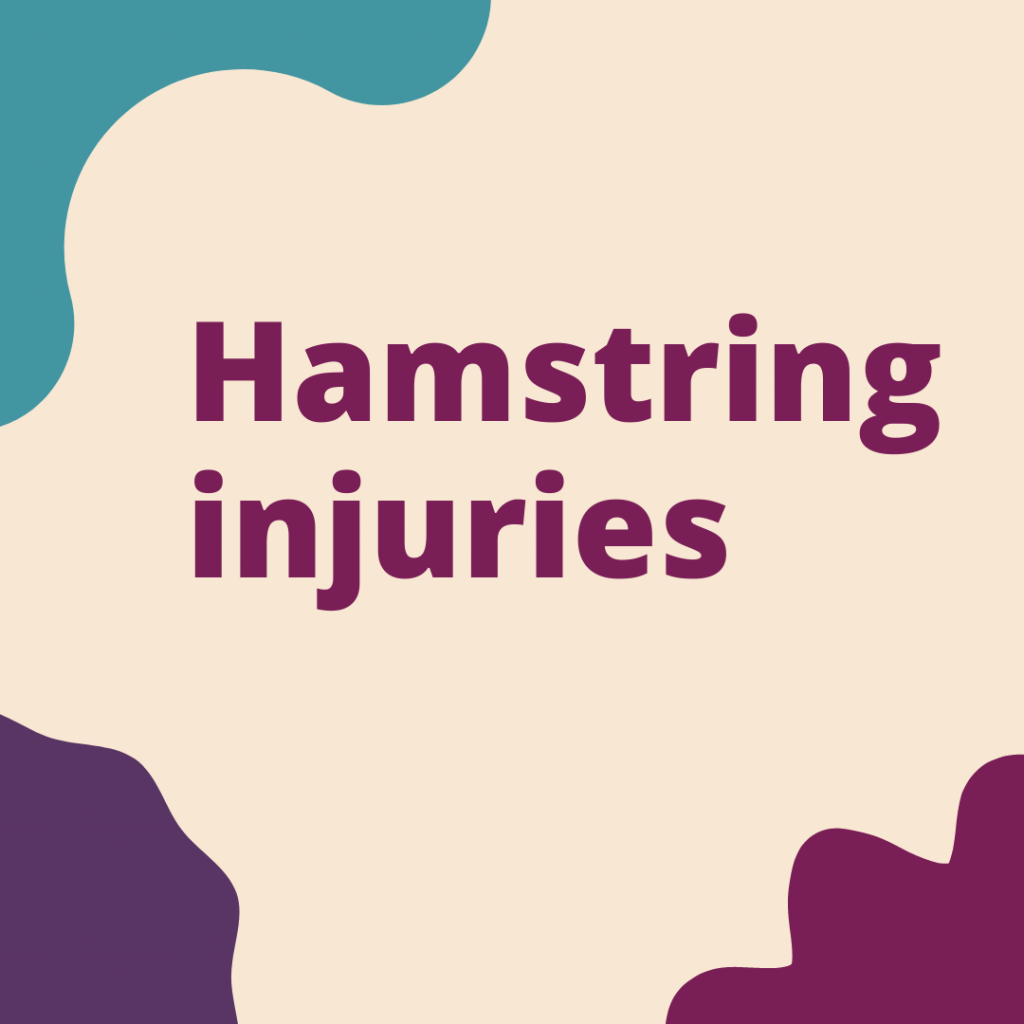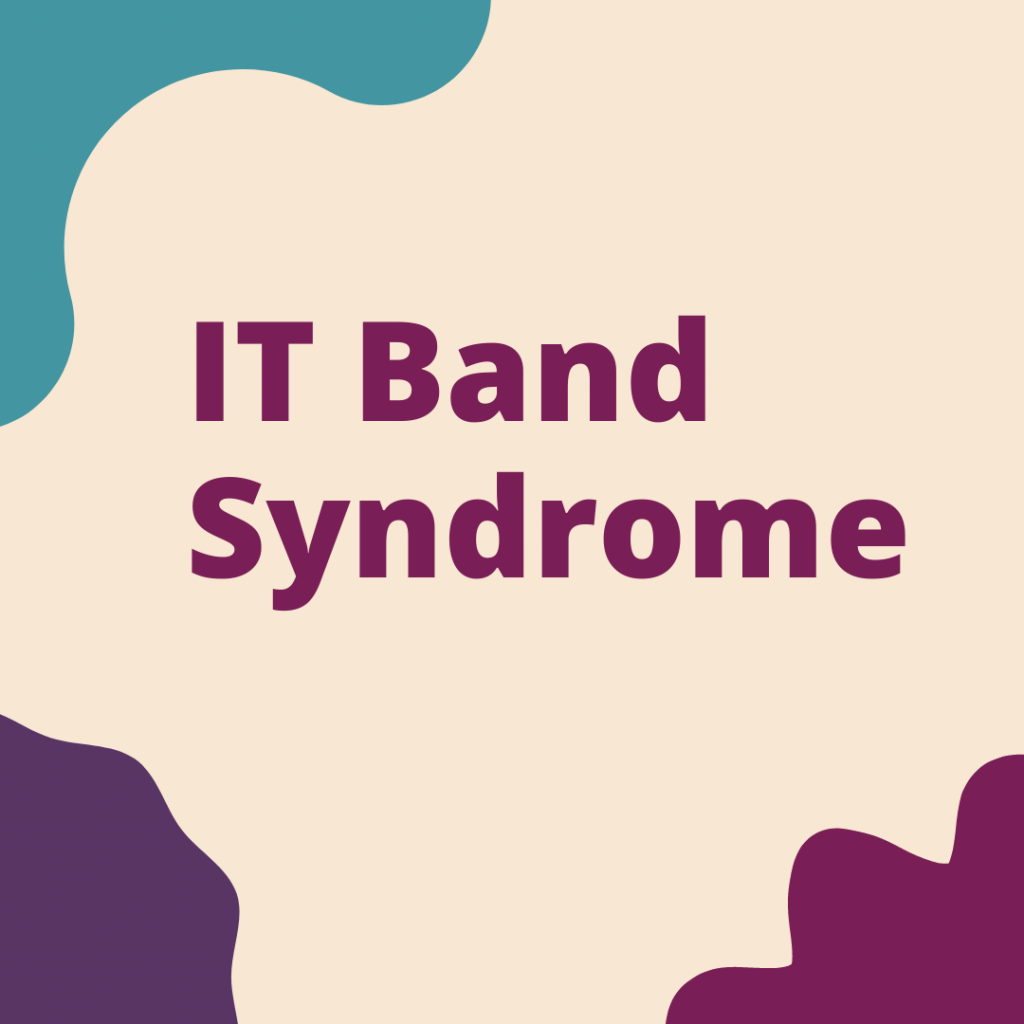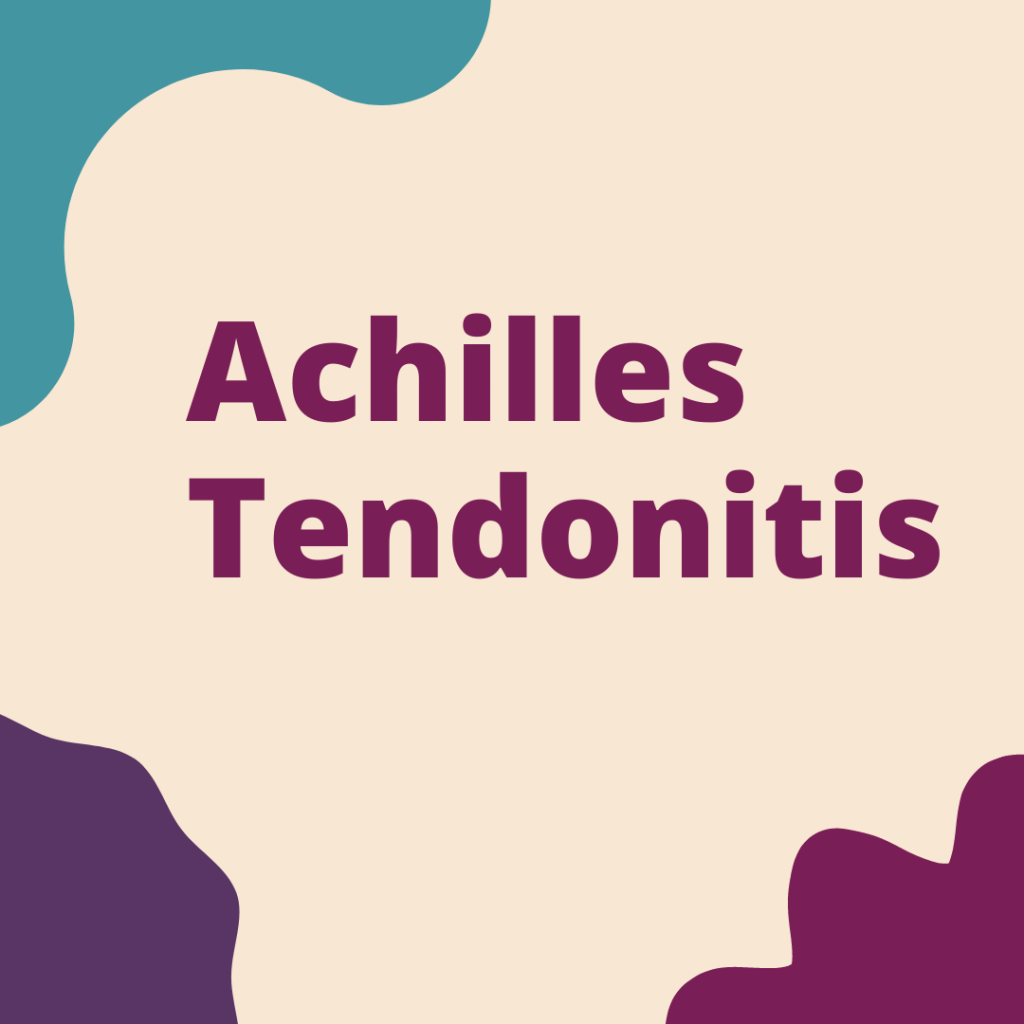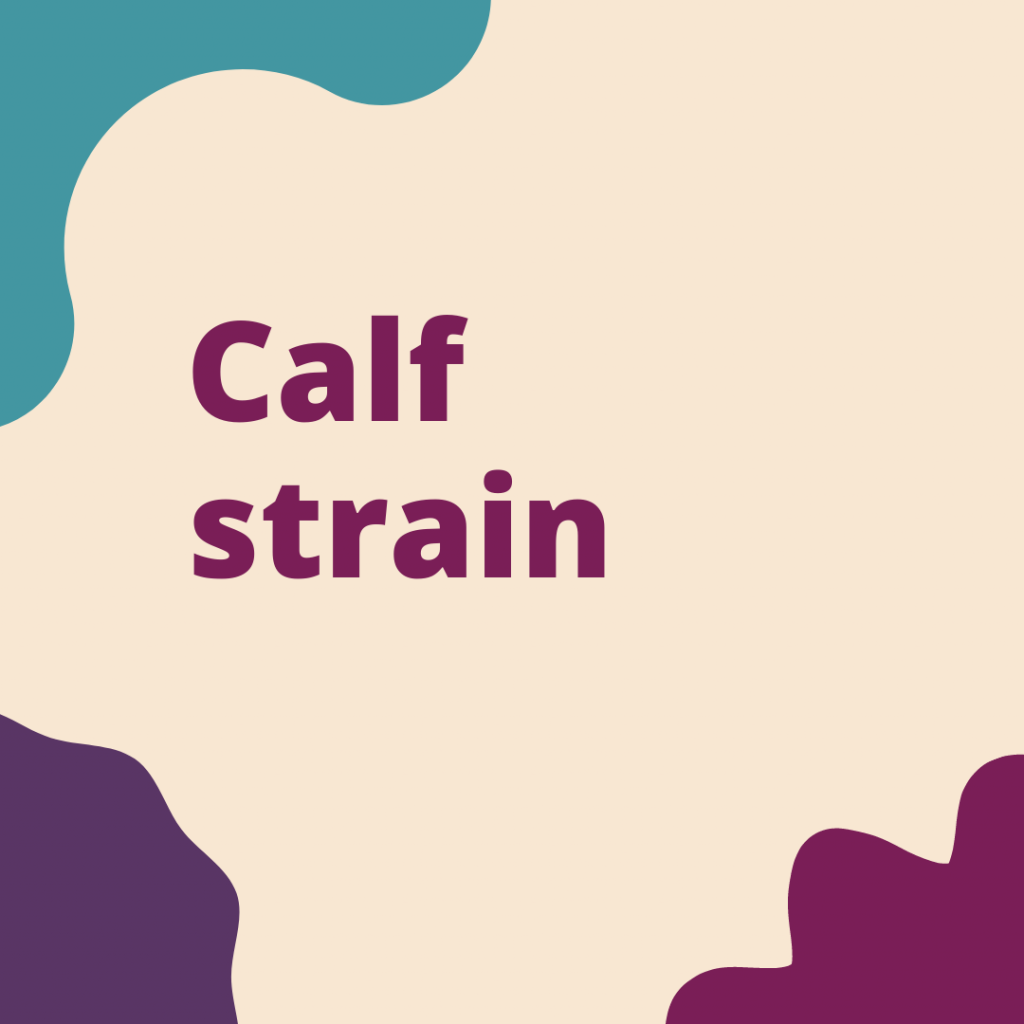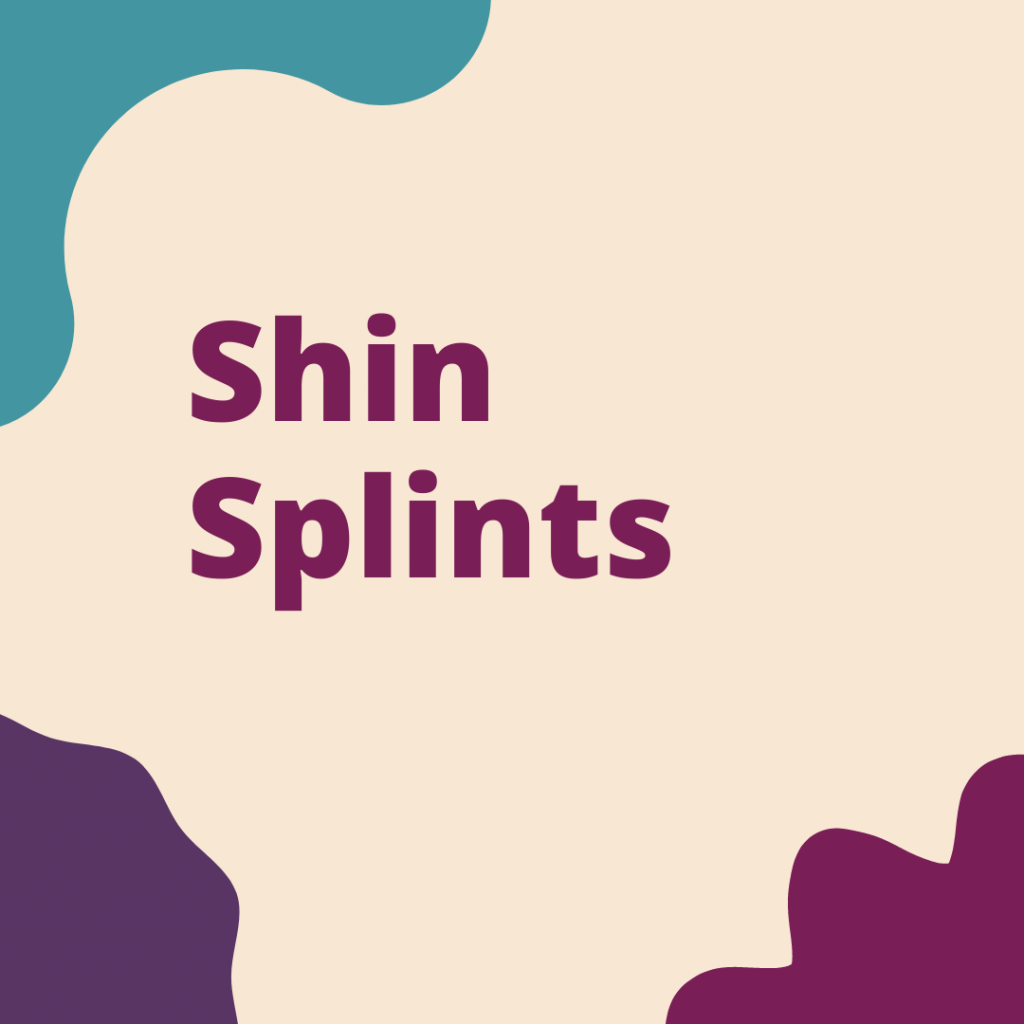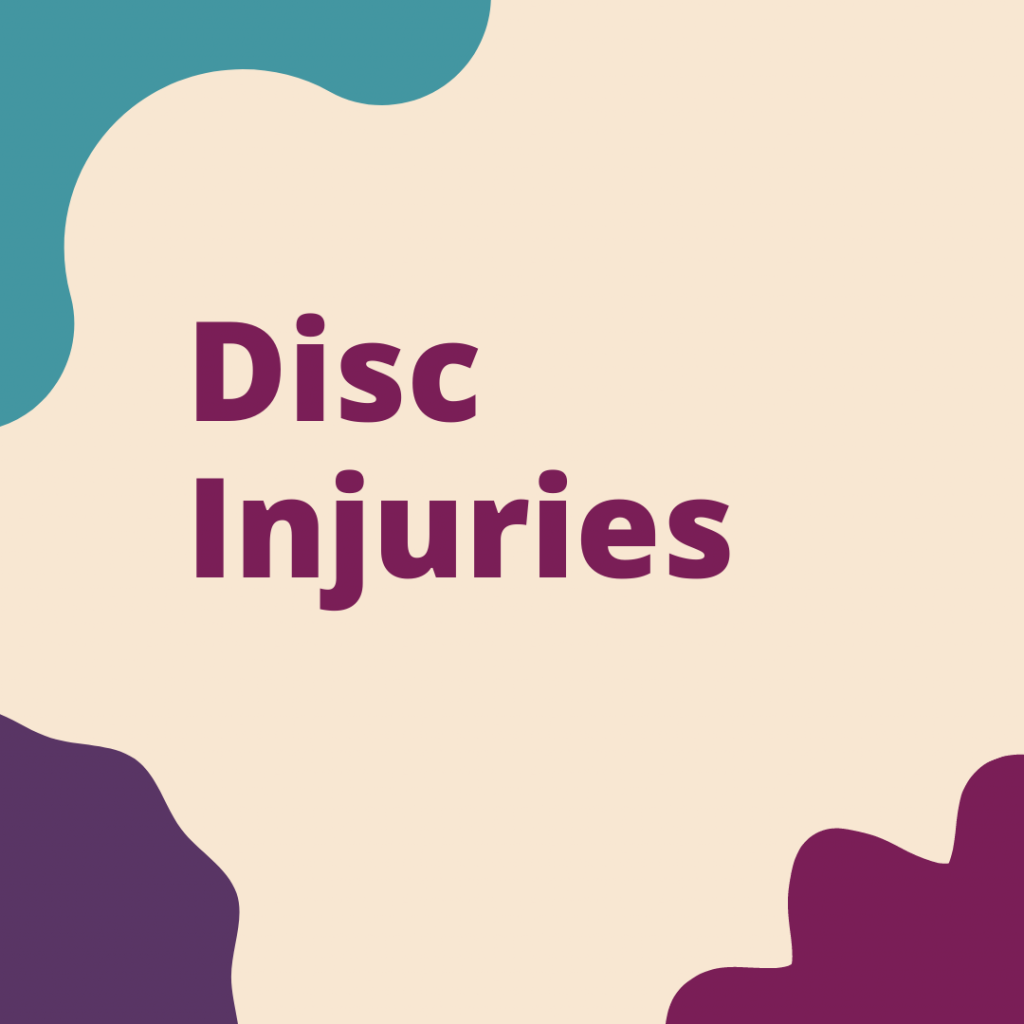Shin Splints Treatment
Shin Splints aka Medial Tibial Stress Syndrome
Does this sound familiar?
You’re six or eight weeks into a half-marathon training plan and you’ve started to notice your long runs aren’t as comfortable as you’d like. You feel like you have to stop several miles in because your shin and foot are THROBBING! You can’t quite figure out how to stretch it out or how to shake the pain off, so you keep pushing through. Only to find yourself dealing with annoying shin pain the next day at work. It’s steadily getting a bit worse over time, even though you’ve tried calf stretching and rolling out your shin and calf on the foam roller. Maybe you’re worried that you have a stress fracture or that this is something that’s always going to be there if you want to keep running.
How shin splints develops:
Something that very few people know about this condition is that they come in two varieties, anterior and posterior shin splints. Anterior shin splints is what most people think about when it comes to common running injuries, and this is a problem involving the tibialis anterior muscle that runs along the front of the lower leg.
A lesser know variety of shin splints is called posterior shin splints. Due to overuse, the tibialis posterior muscle becomes irritated and damaged, and causes pain deep within the lower leg and also sometimes along the front of the shin. It is injured via the same mechanism by which the tibialis anterior muscle gets injured (an overworked muscle becomes chronically tight, has a decreased oxygen supply and develops adhesions which limit motion and cause pain). Both types of shin splints can be treated effectively with a non-surgical, hands-on technique known as Active Release Techniques.
Shin splints are usually caused by doing too much too soon (ramping up intensity or mileage too quickly), or by an abrupt change in running surface from trail running to running on asphalt. The overworked muscles not only develop adhesions, but they exert a pulling force on the outer covering of the shin bone called the periosteum. It is exceedingly painful for this covering to get pulled away from the bone.
Treatment of shin splints and ruling out stress fracture:
Tibial stress fractures that develop in runners sometimes mimic the symptoms of shin splints, therefore an x-ray is sometimes indicated to rule out a stress fracture. A stress fracture builds up overtime from overuse, and it is basically a series of tiny cracks in a bone. In some cases, conservative treatment methods can be tried first, and if the shin pain remains after a course of treatments, there may be an underlying stress fracture that must be healed. If your issue is being caused by poor running form, such as by over-striding and excessively heel striking, working with a running coach can help resolve that issue. The types of treatments we offer that are helpful in resolving shin splints include: Myofascial Release or Active Release Techniques on the shin and calf muscles, adjustments of the foot/ankle, kinesiotaping, and specific strengthening exercises. If your issue is being caused by poor running form, such as by over-striding and excessively heel striking, working with a running coach can help resolve that issue.
If you are suffering with shin splints and would like to schedule a free consultation with an Oakland chiropractor, please call (510) 465-2342 or click the button below.
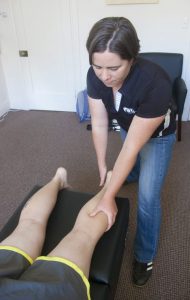
Other Conditions We Treat
What Other People Just Like You Are Saying About Riverstone Chiropractic In Oakland...
